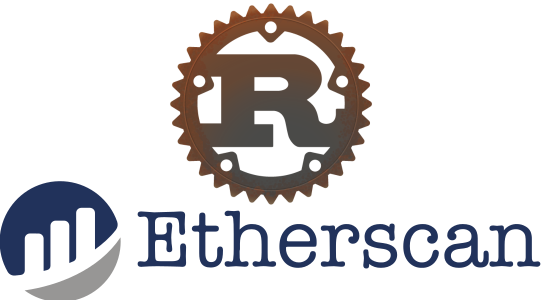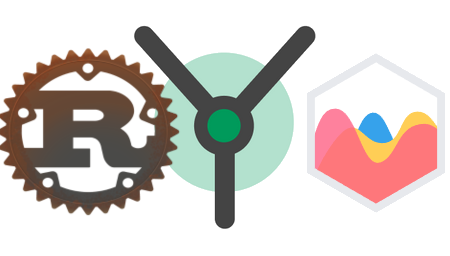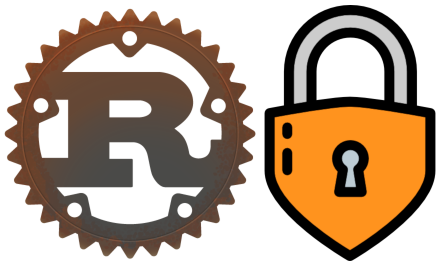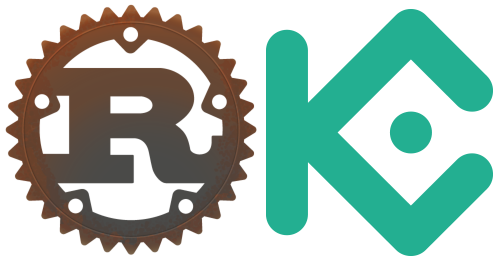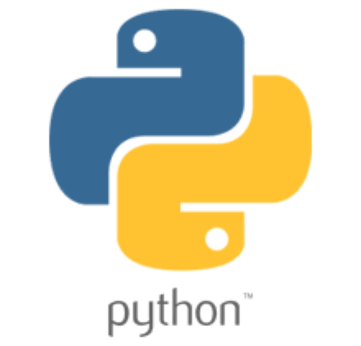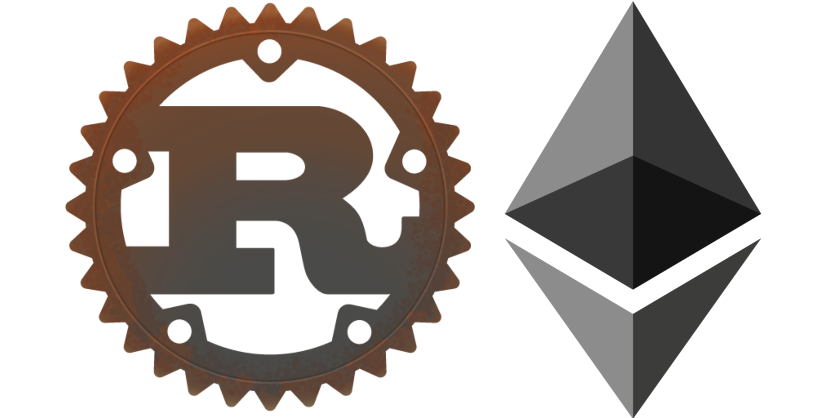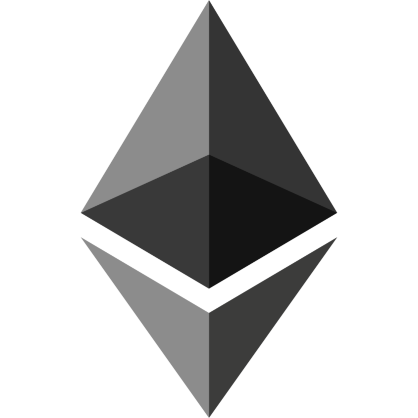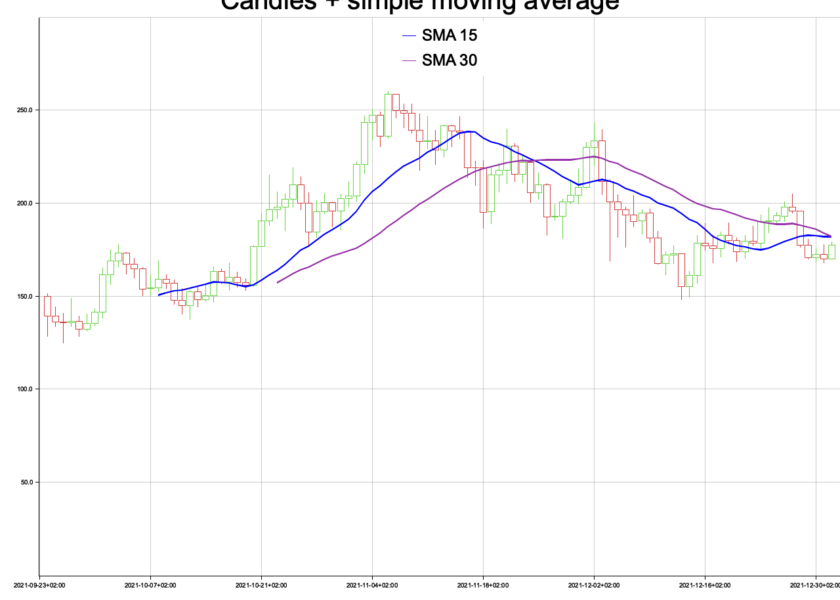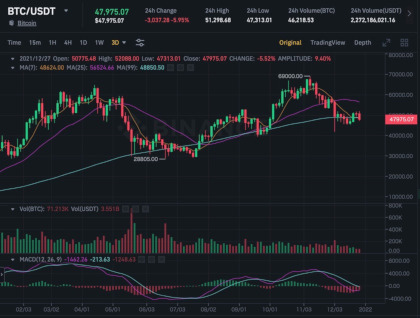Blog
Ethereum transactions viewer app: Rust how to
In this tutorial, we will build an Ethereum transactions viewer app with Rust. This will be a full-stack Rust application. A benefit of this is that we can share the data model between frontend and backend. For the backend API we will use warp and for the frontend we will use the Rust framework Yew. Our application will make use of the Etherscan API to get data about transactions for a specified wallet address. This data will then be displayed in our Rust/Webassembly frontend. For this tutorial, we will keep the data we use and the frontend relatively simple. There…
CSS and JavaScript WASM Rust: Yew how to P2
In this tutorial, we will learn how to use Cascading Style Sheets (CSS) and JavaScript in a WebAssembly (WASM) Rust front-end using the Yew framework. This is part 2 in a series of tutorials about the basics of the Yew framework. We will look at how to reference CSS and dynamically use CSS classes with Yew, and how to interact with a JavaScript library. For the JavaScript library interaction example, we will use chart.js, which is a library for visualizing data using charts. Part 1 of this tutorial series on Yew can be found here: WebAssembly Rust front-end with Yew:…
WebAssembly Rust front-end with Yew: how to P1
In this tutorial, we will learn some basics on how to build a web front-end using pure Rust compiled to WebAssembly with the help of the Yew framework. This is part 1 of a multi-part series exploring various concepts within the Yew framework. In this first part, we will look at how to generate HTML with Yew, what components are, some event handling, and manipulating HTML elements. After we have finished the project explained in this tutorial we will have experience with: Creating components Handling events Manipulating element values The complete code for this tutorial can be found on my…
JWT security for a Rust REST API: how to
In this article, we will learn how to implement JWT security for a Rust REST API Server. At the end of this article, we will have a web server that has an endpoint for authenticating users, which will return a JWT. Clients are then able to use this JWT to gain access to the protected endpoint of our API. This article deals with similar concepts as two previous tutorials but combines them into one project. Here are the two previous tutorials: How to build a Rust REST API with warp How to use JWT with Rust: learn the basics here…
Kucoin API with Rust how to get symbol ticker data
In this tutorial, we are going to look at how to get cryptocurrency symbol ticker data from the KuCoin WebSocket Futures API with Rust. We will be using the public WebSocket API and we will connect to it using Rust and the Tungstenite crate. The Symbol ticker data stream sends real-time price data for cryptocurrency futures symbols. At the end of this tutorial we will have a program that can: connect to the KuCoin cryptocurrency futures WebSocket API. retrieve all available cryptocurrency futures symbols from the REST API. subscribe to streams for all the cryptocurrency futures symbols. process incoming WebSocket…
Python backend with JavaScript frontend: how to
In this tutorial, we are going to learn how to build a simple backend with Python and a frontend in JavaScript. For the Python backend, we will make use of the Flask library. This will let us set up the backend with only a few lines of code. The main goal of this article is to demonstrate the interaction between a Python backend and a frontend. So the frontend will be as simple as possible. We will use plain JavaScript, without frameworks. Meaning, this will be a very barebones example UI. The full project’s code can be found on my…
Build a crypto wallet using Rust: steps how to
In this tutorial, we are going to build a crypto wallet with Rust. The aim of this tutorial is to be educational. To learn the concepts of what it takes to implement a crypto wallet. That means we will dive a bit deeper than if we were to use more helper crates. We will go through the process of creating our very own crypto wallet step by step. Our end result will be a wallet that is able to manage Ethereum based assets. Specifically, it will be able to send and receive cryptocurrency. The completed project can be found on…
Rust Web3 token transactions from blocks: how to
In this tutorial, we will learn about how to get token transactions info with Web3 and Rust. What we will learn is how to get the latest block’s transactions. Then loop through those transactions, find which of them are ERC20 smart contracts, get the token name, and also which method was used in the transaction. For example, approval, transfer, mintItem, etc. that kind of thing. This is a follow-up to my article: Rust Web3 connect to Ethereum blockchain: how to. Note: since we will not be performing any transactions in this project, it is safe to use a connection to…
Plot Candles and SMA with Rust: learn how to
In this tutorial, we are going to learn how to plot Candles and the Simple Moving Average (SMA) technical indicator in Rust. We will use the plotters crate to make drawing a plot or chart easy. This will be a quick tutorial to learn the basics. For this simple tutorial, the data we will use is hard-coded data. In the next tutorial, we will download data from a real source and plot other technical indicators too. To calculate the Simple Moving Average we will use a function we wrote in an earlier tutorial: How to: technical indicators with Rust and…
How to: technical indicators with Rust and Binance
In this tutorial, we will learn how to implement technical indicators with Rust using data from Binance. The aim of this tutorial is to be a fun exercise for people who are starting out with Rust and want to see a practical example of writing basic functions. First, we will implement algorithms for the following technical indicators: Simple Moving Average (SMA), Exponential Moving Average (EMA), Moving Average Convergence Divergence (MACD), Bollinger Bands (BOLL), and the Relative Strength Index (RSI). Then, we will download historical data from the Binance API and use that to apply our algorithms. We will also look…
